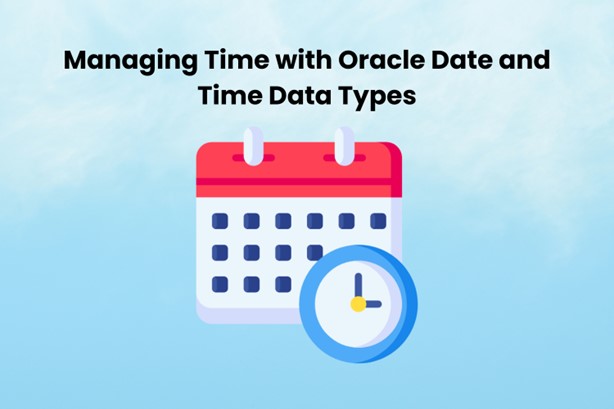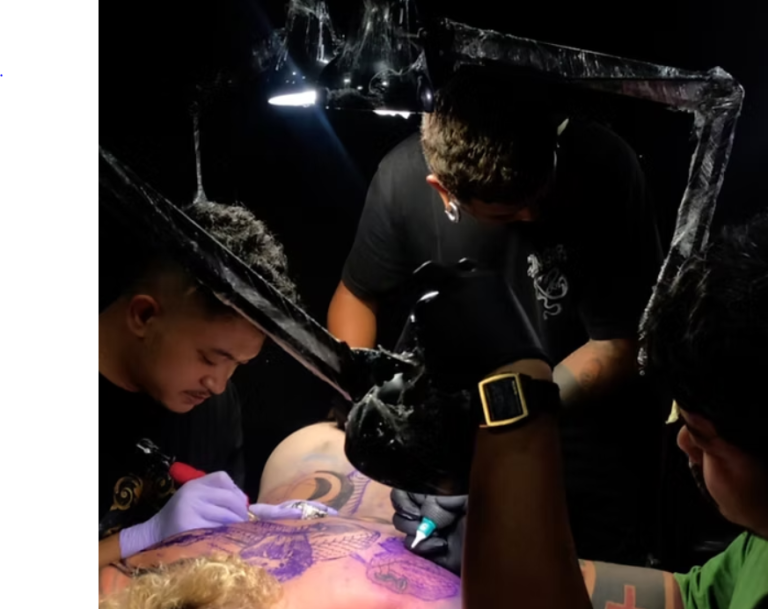In the realm of storytelling, the concept of “point of view” (POV) serves as a crucial element that shapes the narrative and influences how readers or viewers engage with the content. Whether in literature, film, or any other form of artistic expression, the choice of point of view has a profound impact on the audience’s perception and emotional connection to the story. In this article, we will delve into the meaning of point of view, its various forms, and its role in storytelling. Additionally, we will explore the term “POV meaning in Hindi” to shed light on how this concept is understood in different linguistic and cultural contexts.
Understanding Point of View:
Point of view refers to the vantage point or perspective from which a story is told. It encompasses the narrator’s position in relation to the events, characters, and settings of the narrative. The three primary types of point of view are first person, second person, and third person.
- First Person: In the first-person point of view, the narrator is a character within the story, using pronouns like “I,” “me,” and “my.” This perspective allows readers to experience the events through the narrator’s personal thoughts and emotions, providing an intimate and subjective connection to the narrative.
- Second Person: The second-person point of view is less common and involves addressing the reader directly using pronouns like “you.” This form creates a sense of immediacy and involvement, making the reader an active participant in the story.
- Third Person: The third-person point of view is external to the narrative, with the narrator acting as an observer. Pronouns such as “he,” “she,” and “they” are used to relate the events without delving into the inner thoughts of the characters. Third person can be limited or omniscient, depending on the level of access to characters’ thoughts.
The Significance of Point of View:
The choice of point of view is a deliberate and strategic decision made by authors and creators to achieve specific effects in their storytelling. Each perspective offers unique advantages and limitations, shaping the reader’s understanding and emotional engagement.
- Building Empathy and Connection:
First-person narratives excel in building empathy and a deep emotional connection between the audience and the narrator. Readers gain direct access to the character’s thoughts and feelings, fostering a sense of intimacy and understanding. This personal connection enhances the reader’s ability to empathize with the character’s experiences and challenges.
- Creating Suspense and Mystery:
The choice of a particular point of view can influence the degree of suspense and mystery within a narrative. Third-person limited perspectives allow for controlled access to a character’s thoughts, revealing information strategically and heightening tension. On the other hand, an omniscient third-person perspective may provide a broader understanding of the story’s world, but at the cost of maintaining suspense.
- Engaging the Reader as a Participant:
Second-person narratives directly involve the reader in the story, addressing them as a character or an active participant. While less common, this form of point of view creates a unique and immersive reading experience, breaking down the traditional barriers between the storyteller and the audience.
Exploring “POV Meaning in Hindi”:
In Hindi, the term for point of view is often expressed as “दृष्टिकोण” (drishtikon). However, when considering the abbreviation “POV,” it is commonly understood as “दृष्टिकोण का अर्थ हिंदी में” (Drishtikon ka arth Hindi mein). This literal translation highlights the adaptability of the concept across languages, demonstrating its universal relevance in the art of storytelling.
Cultural Implications of Point of View:
The interpretation of point of view can also be influenced by cultural nuances and storytelling traditions. Different cultures may have unique preferences for certain narrative perspectives based on their literary history, societal values, and storytelling conventions.
In Indian literature, for example, there is a rich tradition of first-person narratives, allowing readers to intimately connect with the characters and their cultural contexts. This approach enhances the exploration of individual experiences and perspectives, reflecting the diverse tapestry of Indian society.
Expanding Perspectives: Unraveling the Layers of Point of View
In our exploration of point of view (POV) and its profound impact on storytelling, it’s essential to delve deeper into the intricacies of each narrative perspective and their dynamic interplay. By understanding the nuances of POV, we can appreciate the artistry involved in crafting compelling and immersive narratives.
1. First Person: A Window into Subjectivity
First-person narratives not only provide an intimate connection to the narrator’s inner world but also offer a unique lens through which readers witness the unfolding events. This perspective becomes a powerful tool for authors to explore the complexities of character psychology. Readers are privy to the character’s thoughts, biases, and emotions, creating a rich tapestry of subjectivity.
However, first-person narratives also come with inherent limitations. The reader is confined to the narrator’s perspective, potentially limiting the broader exploration of the story’s universe. Writers must carefully balance the intimacy of the first person with the need for a comprehensive narrative that goes beyond individual experiences.
2. Second Person: Breaking the Fourth Wall
The second-person perspective, characterized by the use of “you,” is a literary rarity but a powerful one when used effectively. It breaks down the traditional boundaries between the storyteller and the audience, transforming readers into active participants in the narrative. This direct address engages readers in a unique way, prompting them to project themselves into the story.
However, the second-person POV requires a delicate touch. Overuse or misuse can lead to a sense of detachment if readers struggle to relate to the specific situations described. When wielded skillfully, though, this perspective has the potential to create an immersive and participatory storytelling experience.
- Third Person: Navigating Objectivity and Omniscience
The third-person point of view, with its “he,” “she,” or “they,” offers flexibility in storytelling by presenting events from an external perspective. It allows authors to maintain a degree of objectivity, observing characters and events with a certain detachment. This narrative distance can be useful for creating suspense and maintaining an air of mystery.
Within the realm of third person, we encounter two variations: limited and omniscient. In third-person limited, the narrator has access to the thoughts and feelings of a specific character or set of characters, providing a more in-depth understanding while still maintaining an external viewpoint. On the other hand, an omniscient narrator possesses knowledge of all characters’ thoughts and events, offering a broader, panoramic view of the story.
Cultural Reflections in Point of View: A Global Lens
As we navigate the cultural implications of point of view, it becomes evident that storytelling traditions are deeply rooted in societal norms, historical contexts, and linguistic nuances. In various cultures, the choice of narrative perspective is often intertwined with broader cultural values.
For instance, in Japanese literature, a tradition of employing first-person perspectives prevails, emphasizing the individual’s internal struggles and personal growth. This reflects a cultural emphasis on introspection and self-discovery. Conversely, certain European literary traditions favor the omniscient third person, aligning with a more detached, observational narrative style.
Point of View in Film: Beyond the Written Word
While our exploration has primarily focused on literature, the concept of point of view is equally crucial in the realm of visual storytelling, particularly in film. Directors use camera angles, shot compositions, and character perspectives to guide the audience’s emotional experience. The visual language of film amplifies the impact of point of view, creating a sensory and immersive cinematic journey.
Consider Alfred Hitchcock’s masterful use of point of view in “Psycho,” where the camera becomes the eyes of the killer, heightening suspense and instilling a sense of voyeurism in the audience. In film, the choice of perspective extends beyond the narrator, involving the audience in a visual dance that shapes their perception and emotional response.
Conclusion:
In conclusion, point of view is a multifaceted concept that plays a pivotal role in shaping the narrative landscape. The deliberate choice of first, second, or third person influences the reader’s engagement, emotional connection, and understanding of the story. Exploring the “POV meaning in Hindi” emphasizes the universality of this concept, transcending linguistic boundaries and showcasing its significance in diverse cultural contexts.
As readers and viewers, being aware of the implications of point of view enhances our appreciation for the art of storytelling, allowing us to navigate narratives with a more discerning and enriched perspective. Whether we are immersed in a first-person journey, actively participating in a second-person narrative, or observing events unfold from a third-person vantage point, the power of point of view remains a captivating force in the world of storytelling.













